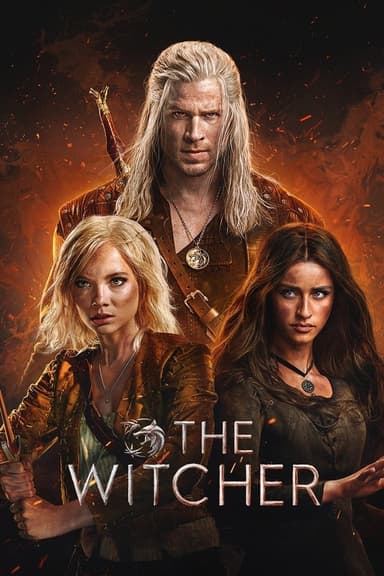
García!
2022 • Action & Adventure, Drama, Sci-Fi & Fantasy • TV-MA
In a present-day Spain, divided and on the brink of political chaos, inquisitive millennial investigative reporter Antonia stumbles on a decades-old conspiracy: the existence of a cryogenically frozen super-agent, García, created in a laboratory in the 1950s by General Franco’s fascist secret services. The old-world collides with the new as García and Antonia must learn to work together as they are drawn deeper and deeper into a political conspiracy that threatens to overthrow democracy and plunge Spain back into brutal dictatorship.
Why you should read the novel
Diving into the García! graphic novel allows readers to experience the origin of the story in its purest and most imaginative form. The original comic brims with sharp political commentary and a bold visual style that immerses you directly into its alternative history, something that only sequential art can achieve. Each panel is meticulously crafted, granting unique insight into the characters’ psyches and the sociopolitical landscape shaping their world.
The written and visual storytelling in the source material forms a compelling synergy. Santiago García’s writing delivers nuanced themes about identity, history, and social change, while Luis Bustos’ artwork adds layers of symbolism and atmosphere. This combination provides a depth of narrative and emotional resonance often lost in adaptation.
By reading García! in its original graphic novel format, you experience the creators' unfiltered vision. Every twist and revelation unfold at the pace you desire, allowing for deeper immersion and interpretation. The book invites readers to engage with the story critically, making it a richer and more personal experience than simply watching the TV adaptation.
Adaptation differences
The García! TV series diverges from the graphic novel’s pace and style, expanding on secondary characters and introducing new subplots. The show builds a more intricate modern political context, in contrast to the more streamlined narrative of the book. This results in additional scenes and characters not present in the source, which both broadens and sometimes dilutes the original’s thematic focus.
While the book balances political satire and action with a lean plot, the series amplifies the action sequences and modernizes certain character arcs to fit episodic television storytelling. Notably, the TV adaptation tends to present themes with more explicit dialogue or cinematic spectacle, reducing the subtlety found in the comic’s panels and quiet moments.
Visually, the adaptation brings to life the retro-futuristic world of García! with high production values, but in doing so, it interprets and sometimes transforms the book’s artwork and designs. Colors, character appearances, and set pieces may differ from Luis Bustos’ original illustrations, offering a new but occasionally less artistically distinctive take on the universe.
Another main difference lies in tone. While the comic leans heavily into satirical commentary and dark humor, the series occasionally shifts toward a more conventional dramatic structure to appeal to a broader audience. These tonal adjustments, along with plot expansions and visual reinterpretations, distinguish the series from its source material, often prioritizing cinematic flair over the comic's intellectual provocations.
García! inspired from
García!
by Santiago García, Luis Bustos










